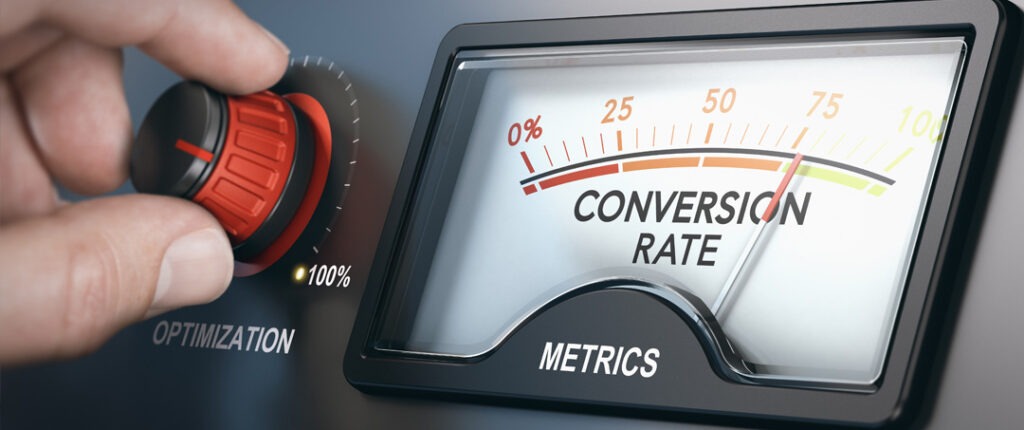How can you tell if a business campaign is successful? Most people would say by looking at a company’s bottom line. Most of the time, however, it’s about customer acquisition, as more customers translate to more opportunities to make money.

In B2B, almost every customer started off as a lead at one point. But in order to nurture a lead, you need to understand lead value. When businesses calculate their value per lead, they can gauge the range, volume, and average worth of their leads. This data can improve the lead nurturing process, generate more high-quality leads, and help you gain insights into the customer journey.
In this article, we’ll explore in depth what constitutes lead value, your starting point, and the different metrics you can use to analyze leads.
How to calculate your value per lead
There are several ways to calculate value per lead depending on your business operations vs your profits and revenue.
- The simplest method: Total Revenue/Total Number of Leads=Total Lead Value. Here, the total revenue means the total numerical value a business has made in a single period. The total number of leads is the number of people who engaged with your business during that same period.
- More complex method: Average Sale Value x Conversion Rate=Lead Value. Calculating lead value this way takes into account the exact number of recent customer conversions. In this equation, the average sale is the amount one customer spends during a particular period.
- The most accurate method: Total Revenue/Number of Leads x Percent Profit=Average Lead Value. This formula provides a precise way to gauge value per lead. For example, if you make $500,000 per month from 500 leads at 4% profit, the value of each lead would average $400.
The next step is to identify the leads that are most likely to convert. Lead scoring measures how well a lead aligns with your product, and the likelihood of conversion based on past behavior. By scoring a lead, you can ensure your buyer profile matches your ideal buyer, and track how leads are engaging. This business data helps you determine how much time and effort your sales team should invest in each lead.
Based on the lead score, you then can assess whether a lead is “qualified” or not to move on to the next step in your funnel. This happens at various stages. If a lead’s value reaches a certain threshold, you can categorize it in one of two ways:
- Marketing Qualified Lead (MQL). If Marketing qualifies a lead, they will pass it on to Sales.
- Sales Accepted Lead (SAL). If Sales approves of a lead, they will take responsibility for it.
In essence, lead qualification is a collaborative effort between Marketing and Sales to ensure that resources are spent on leads that align with the company’s objectives.
Finally, lead routing can help you optimize your lead-sales process. Also known as lead assignment, lead routing is the process of distributing incoming leads to the right sales rep. Usually performed by automation software, lead routing can be as simple as a round-robin approach based on which sales rep is next in line. But as a business matures, other factors such as deal value, territory, and use case become important.

Apply it to your marketing campaigns
Defining value per lead is critical to the success of a business. Not only does this pinpoint what a potential customer is worth, but cost per conversion can help you understand the customer’s journey from click to purchase.
That’s why if you’re an attorney, you need to understand cost per lead for law firms and Google Ads campaigns thoroughly. Together, these analytics can help you create a digital marketing strategy that’s not just about acquiring leads, but nurturing valuable client relationships.






